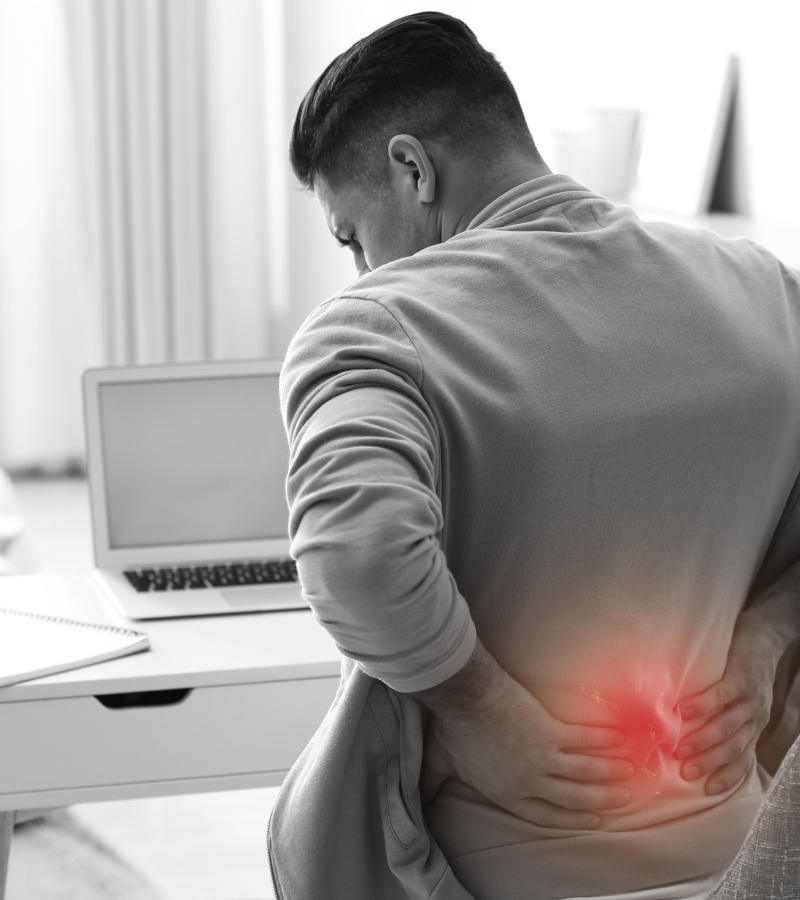Lumbar canal stenosis is common as you age. This spinal disorder occurs when the spinal canal narrows down and compresses the surrounding nerves and spinal cord extending from your lower back to the legs.
As the name suggests, the Minimally-Invasive Decompression surgery is a stark contrast to the traditional open Laminectomy by preserving the crucial midline spinal structure. The idea of this surgical procedure will be to increase the space around the nerves in your back. Using a tube-assisted approach from one side, the nerves can be decompressed on both sides, making this a truly minimally invasive surgery.
Spine doctors at Spine 360, Bangalore may recommend this procedure instead of an open laminectomy because it promotes quicker recovery and has fewer complications and instability issues. The procedure is suitable for a wide range of patients with lumbar spinal stenosis, including those with recess stenosis and those who have previously undergone reoperations.
Furthermore, the procedure may be more beneficial, especially for patients with complex scoliosis or obesity, since the surgery provides clear visual access.

